September is Preparedness Month in the US and this is also gaining traction over here in the UK. This year, some of our Local Resilience Forums have run campaigns locally as well as on social media, for example using hashtag #30Days30WaysUK on twitter, an easy way for you to track and check out some of the goings on. Take away the ‘UK’ and you get the international version.
September also sees the publication of the Annual Disaster Statistical Review (PDF) by CRED, the Centre for Research on the Epidemiology of Disasters.
This is important because it lets us take stock.
So, what are the latest Disaster statistics?
- 324 Natural Disasters were registered worldwide last year, 54 in Europe (image opposite is Kefalonia Earthquake)
- estimated damage overall just under USD 100 billion (ouch!!)
- 140.8 million people affected (heartbreaking)
- almost 8000 people lost their lives (tragic, should not be!)
While stark, these 2014 numbers are thankfully lower than in previous years; perhaps a measure that we are getting better not only at Disaster Risk Reduction and Disaster Recovery but also at Preparedness. However…
How well prepared are we really? What’s the evidence?
It’s 50/50 really, meaning that typically 50% of people report that they are not prepared. One of the few UK studies1 I found showed that 51% of respondents (London) had partially completed their recommended emergency plans and only 48% stocked the recommended emergency supplies.
To me this means there is still a long way to go. We must increase awareness for Emergency Preparedness but we also must walk our talk and get better equipped in a very practical sense with actual tools and practical resources. Behaviour change is challenging. Just how much I’ve started tackling in my previous post “Resilience and Preparedness Roadblocks: what stops us?” Do have a look and become a ‘Drag-on slayer”.
Since we are talking preparedness, other important questions are:
What is the evidence that Household Preparedness actually works?
Does Household Preparedness really contribute to Community Resilience?
 You would say yes, wouldn’t you, intuitively?
You would say yes, wouldn’t you, intuitively?
It kind of simply makes sense that prepared individuals cope better in the event of an Emergency or Disaster and that this also contributes to Community Resilience.
Well, it turns out that science backs this up. UK studies are rare so I opted for the next best thing: A Literature Review on Household Emergency Preparedness2.
Scientific conclusions are clear: Household Emergency Preparedness pays off
Reviewing almost 80 relevant studies, Levac and colleagues have good news, summarizing that:
- most injuries, death, damage and loss caused by disasters are preventable
- adequate household emergency preparedness could significantly reduce such negative consequences of disasters
- sufficient household emergency preparedness contributes towards people being able to care for themselves in the immediate aftermath of an event
Most importantly:
“One of the most effective ways to mitigate the effects of a disaster is through proper household emergency preparedness”
… and that entails ….
“Emergency Preparedness involves knowing the risks particular to a community, developing an emergency plan and having an emergency kit in the home containing food, water and medical supplies to shelter-in-place for 72 hours”
Just a few days ago, Rafael Lemaitre (FEMA’s Director of Public affairs) reiterated this with a rather funny contribution on twitter
If #PizzaRat can haul back enough food to last 72 hours so can you. http://t.co/ID40qC5d2O #NatlPrep #Preparedness pic.twitter.com/0ebnkGU2lb
— Rafael Lemaitre (@FEMAspox) September 22, 2015
Personally I would upgrade the 72 hours to 5 days. Why? In a major event supply shortages and utility outages may be substantial, especially if you live in or near an area prone to flooding (just remember i.e. Key Moments of the UK Winter Storms) I also would differentiate between an Emergency Go-Bag and a Shelter-in-Place Kit and add that Emergency Plans are only effective if they’re reviewed and practiced regularly. Twice or three times a year is good to keep it all fresh.
So, how about your Winter Preparedness? Whether Britain [is] braced for long, snowy winter and winter storms remains to be seen although records do tend to show that El Niño gives colder European winters. In any case, I’m not taking any chances and advise you to do the same. After all, we’ve just seen that
Preparedness really does reduce the negative impacts of Emergencies and Disasters and helps individuals as well as contributing to Community Resilience.
As they say: It’s a no brainer really 😉
And if you want to read more about one of our most recent active projects at the local community level head over to UK Community Resilience – a brilliant example of what really works. If you want to go back to where Preparedness all starts, have a look at one of the earliest posts Resilience what it is and how it connects to crazy weather.
Have a great weekend and a brilliant last week of 2015 “September is Preparedness Month”.
Monika
Tweet
thank you for sharing and helping raise awareness for Emergency & Disaster Preparedness.
“For every dollar invested in preparedness we can save $4 in response.” – Judith Rodin #Resilience #GlobalGoals pic.twitter.com/Wc1aYV0UUv
— Rockefeller Fdn (@RockefellerFdn) September 27, 2015
References/Resources:
- 1 Page, L., Rubin, J., Amlot, R., Simpson, J., & Wessely, S. (2008).Are Londoners prepared for an emergency? A longitudinal study following the London bombings. Biosecurity & Bioterrorism,6(4), 309–319.
- 2 Levac, J., Toal-Sullivan, D., O’sullivan, T. (2012) Household Emergency Preparedness: A Literature Review. Community Health, 37:725-733
For more EVAQ8 blog simply use the right hand navigation. For emergency kits and practical resources use the top navigation. For FREE resources head over to our Preparedness Hub and find out why we use humour. If you like this post, please share it to help raise awareness for Emergency and Disaster Preparedness. Thank you!
Find EVAQ8 on social media, like and follow us!


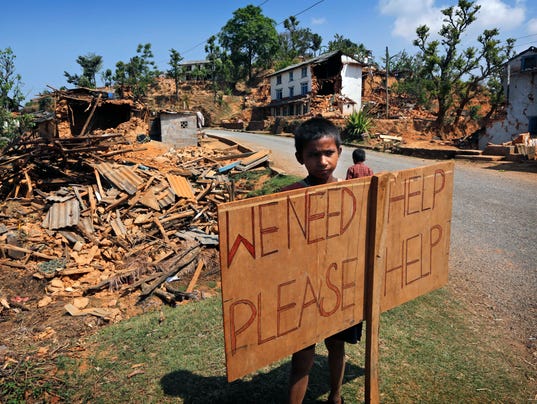 The devastating Nepal Earthquake seems to have been one of those ‘tipping points’ – although here Malcolm Gladwell’s original concept is blown out of all proportion for there certainly was nothing ‘little’ that made a big difference.
The devastating Nepal Earthquake seems to have been one of those ‘tipping points’ – although here Malcolm Gladwell’s original concept is blown out of all proportion for there certainly was nothing ‘little’ that made a big difference. Typically teams of between one or two dozen specialists are sent to disaster zones for up to 2 – 3 weeks at which point they are rotated back and replaced if needed. Thus far they brought with them their specialist equipment but relied on local supplies for food and shelter. No longer!
Typically teams of between one or two dozen specialists are sent to disaster zones for up to 2 – 3 weeks at which point they are rotated back and replaced if needed. Thus far they brought with them their specialist equipment but relied on local supplies for food and shelter. No longer!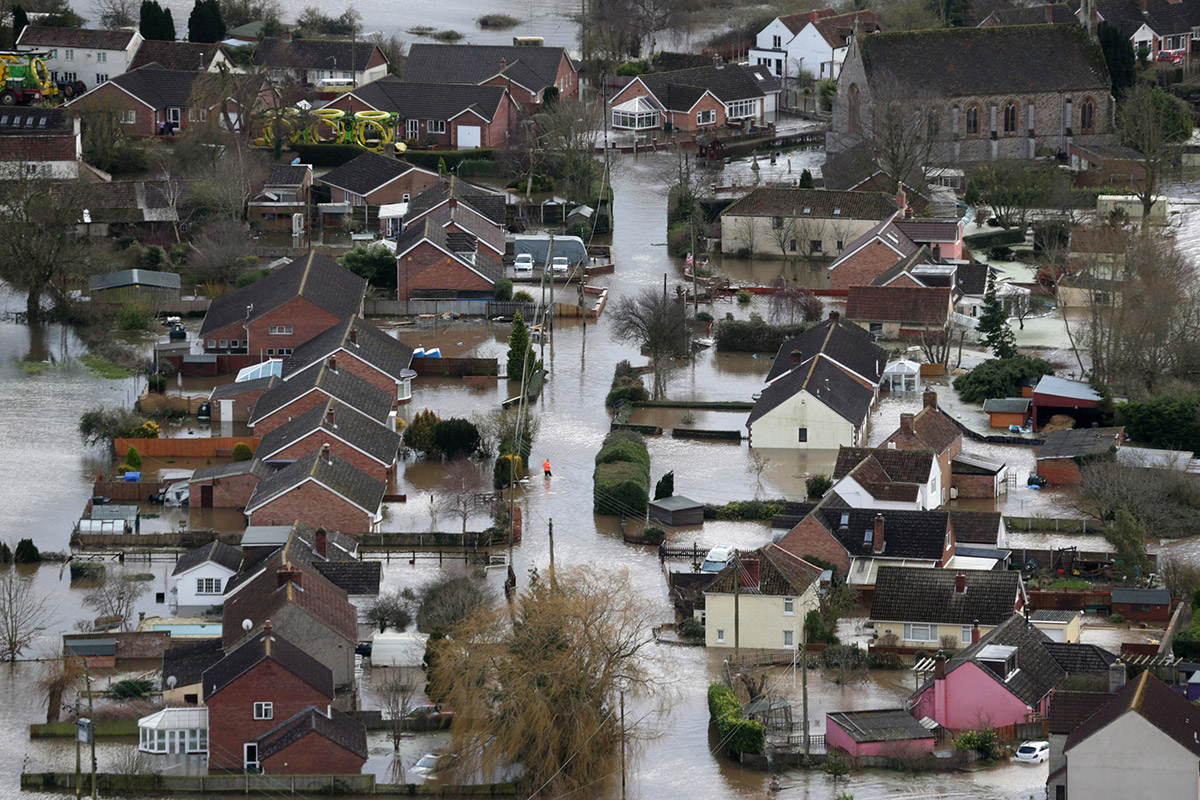
 Have a great week and good start to September – make it a Preparedness month for yourself, your loved ones and your wider communities. And if you want to delve a little deeper, watch this brilliant VIDEO by The Royal Society, an animation and briefing on unconscious bias adapted by Professor Uta Frith
Have a great week and good start to September – make it a Preparedness month for yourself, your loved ones and your wider communities. And if you want to delve a little deeper, watch this brilliant VIDEO by The Royal Society, an animation and briefing on unconscious bias adapted by Professor Uta Frith 
 The ‘why’ is easy: it’s the law. Since 2004 under the Civil Contingency’s Act, Category 1 responders have a duty to
The ‘why’ is easy: it’s the law. Since 2004 under the Civil Contingency’s Act, Category 1 responders have a duty to  What I particularly like is the focus on capability. It implies inherent and latent capacities. It also ties neatly to preparedness which is not just about needs and liabilities but also about assets. In my view this creates an empowering shift and starting point to mobilize engagement which, given the right momentum, may overcome even learnt helplessness and apathy. Thus
What I particularly like is the focus on capability. It implies inherent and latent capacities. It also ties neatly to preparedness which is not just about needs and liabilities but also about assets. In my view this creates an empowering shift and starting point to mobilize engagement which, given the right momentum, may overcome even learnt helplessness and apathy. Thus



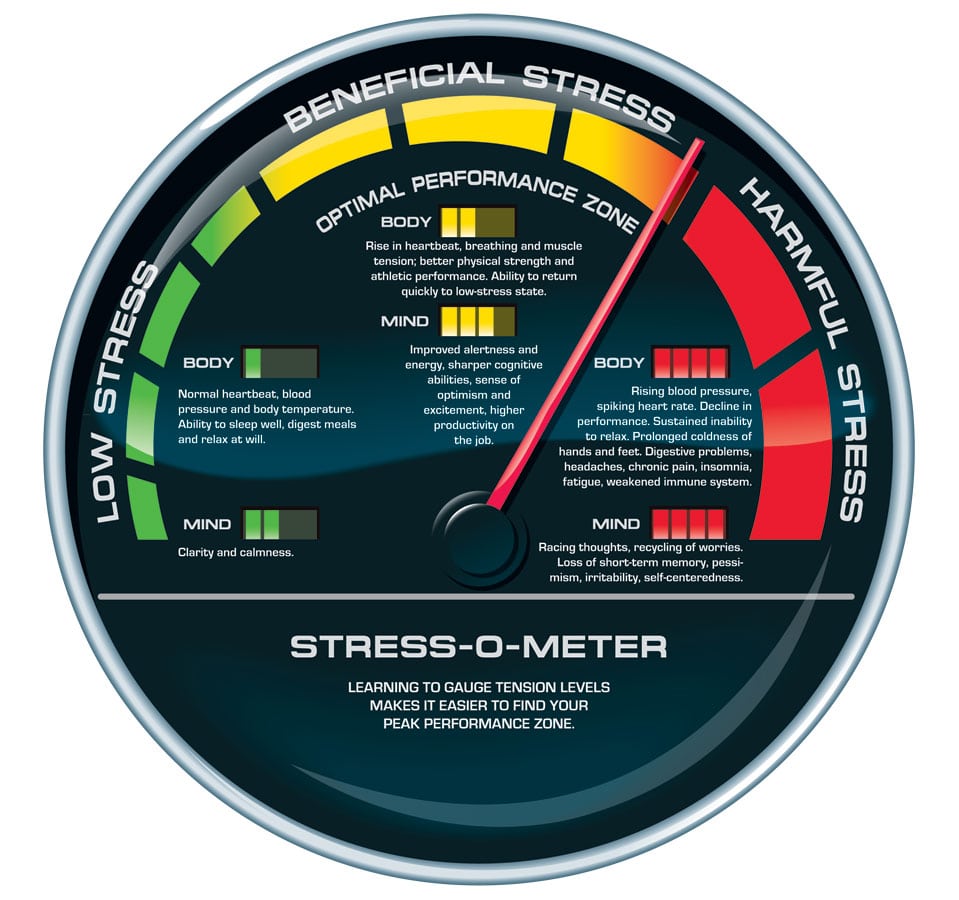

 t more complex than can be crammed into a single blog post. You must consider other important questions related to physical fitness such as: is it best for you to exercise alone or with others (or a bit of both), should you hire a trainer so that you can learn proper exercise technique and what about cross-training, combining exercises of multiple disciplines?
t more complex than can be crammed into a single blog post. You must consider other important questions related to physical fitness such as: is it best for you to exercise alone or with others (or a bit of both), should you hire a trainer so that you can learn proper exercise technique and what about cross-training, combining exercises of multiple disciplines?
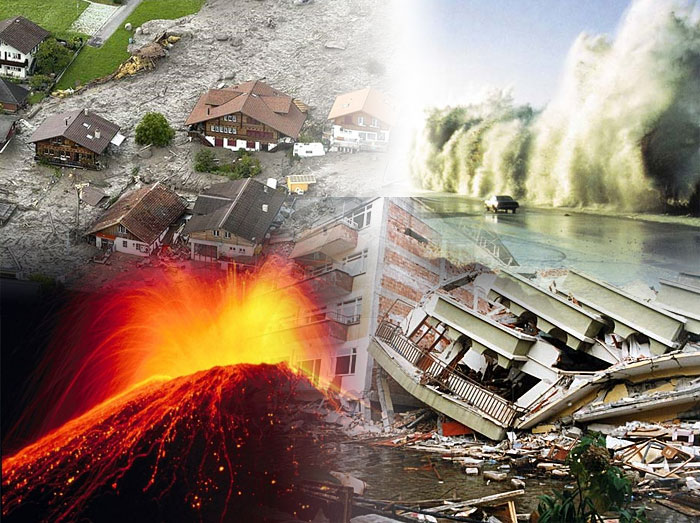 So called ‘natural disaster’ data is readily available nowadays but the term is actually a bit of an oxymoron. Natural events trigger a range of ‘disasters’, the resulting damage is largely the result of lack of planning and poor development which ends up putting property and people at risk.
So called ‘natural disaster’ data is readily available nowadays but the term is actually a bit of an oxymoron. Natural events trigger a range of ‘disasters’, the resulting damage is largely the result of lack of planning and poor development which ends up putting property and people at risk. 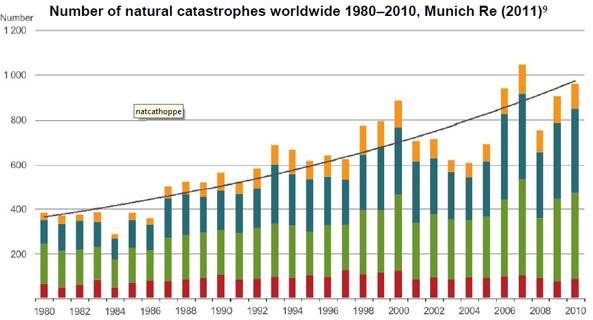
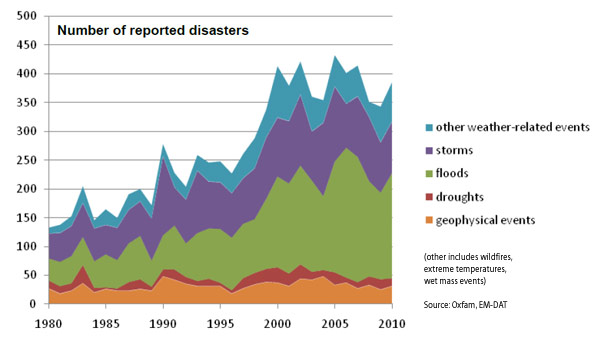

 How about you? Where do you draw your role models from?
How about you? Where do you draw your role models from? Imagination and imitation are powerful forms of learning and shape human behaviour. Throughout our lives we learn by imitating the patterns of thought and behaviour of those around us. Often we are completely unaware that we are doing such observational learning. It is not taught. Rather we simply pick it up merely by being exposed to others and the need to belong and fit in.
Imagination and imitation are powerful forms of learning and shape human behaviour. Throughout our lives we learn by imitating the patterns of thought and behaviour of those around us. Often we are completely unaware that we are doing such observational learning. It is not taught. Rather we simply pick it up merely by being exposed to others and the need to belong and fit in.




